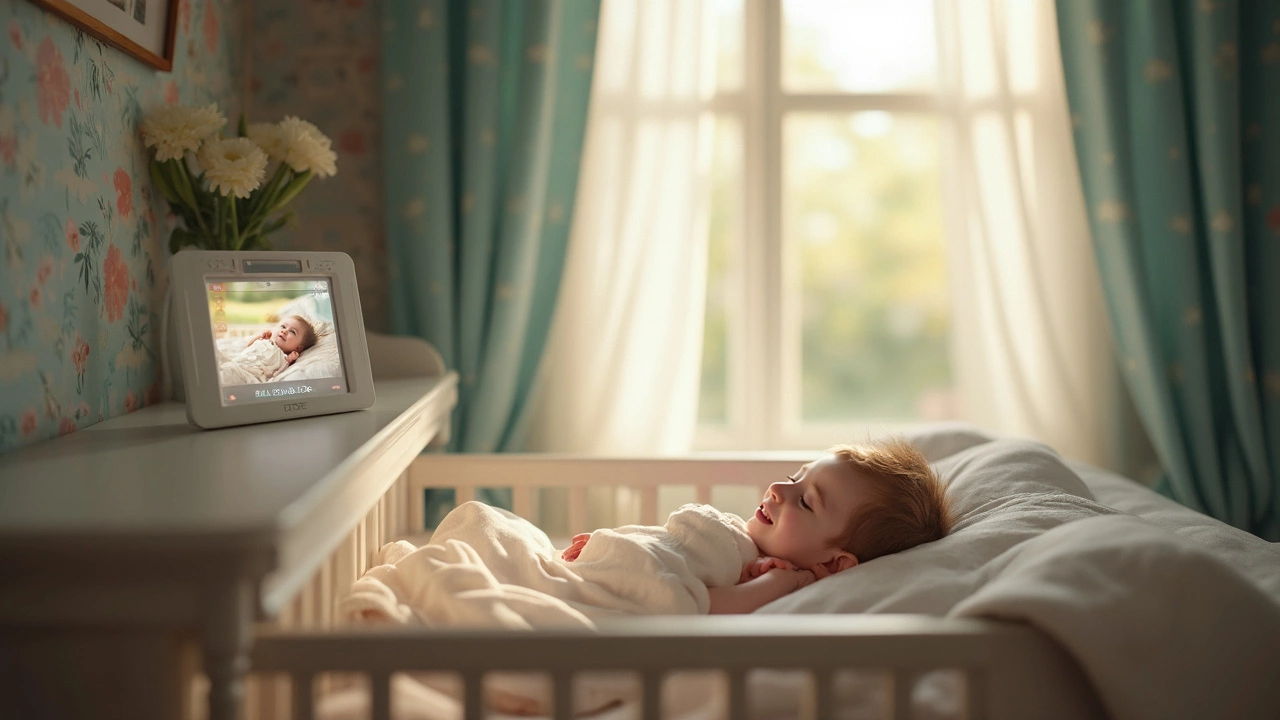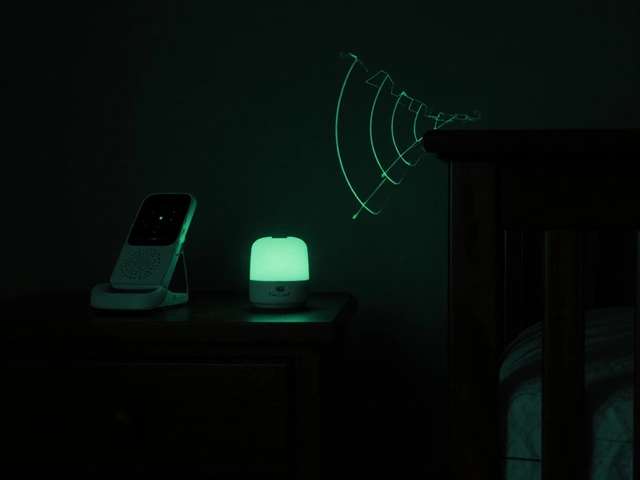When to Stop Using Baby Monitor: Simple Signs and What to Do Next
Parents love the peace of mind a baby monitor gives, but holding onto it forever isn’t always the best move. Knowing when to pack it away can keep your child safe and boost independence. Here’s a straight‑forward guide to spotting the right moment and choosing smart replacements.
Age and Milestones That Signal a Change
Most kids outgrow the need for a monitor around 12‑18 months. At this stage they start rolling, crawling, and even walking. If they can get up and move around the house, you’ll notice they’re less likely to stay in one spot for long. A monitor that only watches a crib won’t catch a toddler in the hallway, and that can give a false sense of security.
Another clue is language. Once your little one can call out for help or say where they are, you don’t need a constant audio feed. Talk to them regularly—if they respond and understand basic safety rules, you’re ready to step back.
Safety and Practical Reasons to Turn It Off
Modern monitors emit radio waves, and while the levels are low, some parents prefer to limit exposure as kids get older. Also, a monitor can become a distraction for both child and parent. Kids may start playing with the device, and parents might obsess over the screen instead of engaging with their child.
Security is another factor. Older models can be hacked, letting strangers listen in. If you’re using a Wi‑Fi monitor, make sure it’s up‑to‑date, or consider switching off the wireless feature entirely once your child reaches a safer age.
So, what’s a good replacement? A simple door sensor or a motion‑activated nightlight can alert you if a toddler leaves the room at night. For families that still want a quick check, a smartphone app linked to a secure camera can work—just keep it on a separate, password‑protected network.
If you’re unsure, set a trial period. Turn off the monitor for a few evenings and see how your child reacts. If they’re calm and you can hear them moving around safely, you’ve likely made the right call.
Remember, the goal isn’t to abandon safety but to match it with your child’s growing abilities. Trust their milestones, stay aware of the room’s layout, and use low‑tech solutions where they fit. When you see those signs—age, mobility, communication, and comfort—it’s time to say goodbye to the baby monitor and hello to a more independent little explorer.


